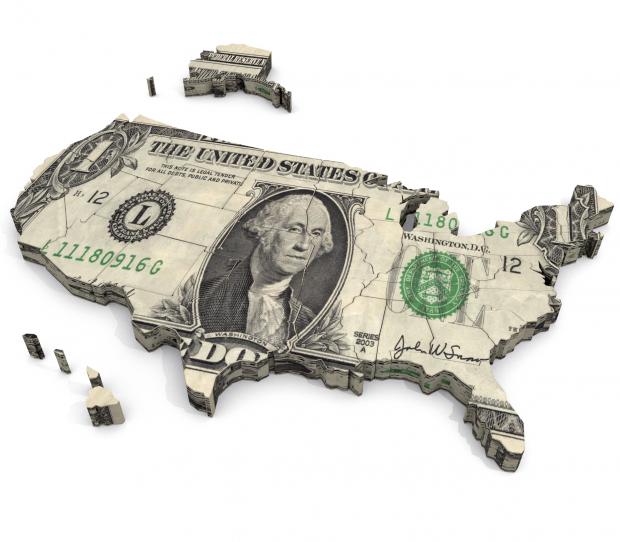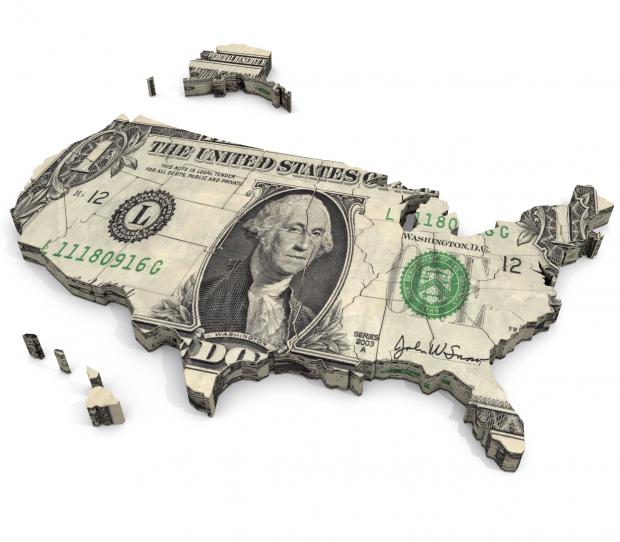According to the Bureau of Economic Analysis’ final estimate, U.S GDP increased 4.2% in the second quarter, unchanged from the earlier estimate. The fastest pace of growth in almost four years was powered by increases in investment and expenditure across several categories.
The Trump administration’s tax cuts program was the primary force that powered the expansion in the second quarter. Some economists think the pace of growth will decelerate in the third quarter, primarily due to tariff tensions between the United States and China.
However, the economy is still on track to meet Trump administration’s annual growth target of 3%. Meanwhile, the increase in consumer spending remained unchanged at 3.8%. Considering that it accounts for more than two-thirds of total economic activity, it makes sense to bet on consumer discretionary stocks.

Consumer Expenditure Remains Firm
The final estimate of second quarter GDP revealed that the U.S. economy expanded at an annualized pace of 4.2% during the period, unchanged from the second estimate released in August. Higher spending and business investment was somewhat offset by a fall in private inventory investment.
The second quarter witnessed the fastest pace of growth since the third quarter of 2014. It is also a major improvement from 2.2% pace of growth recorded in the first quarter. Overall, the economy grew 3.2% in the first half of 2018, primarily due to the Trump administration’s substantial tax cuts.
Meanwhile, consumer spending, which accounts for more than two-thirds of all economic activity, increased 3.8%, as previously estimated. This is the highest increase recorded since 3.9% logged in the fourth quarter of 2017 and the best growth in around four years.
Annual Growth Likely to Hit 3% Target
Another reason for the strong pace of growth in the second quarter was a major front-loading of soybean exports. These shipments were expedited to avoid China’s retaliatory import tariffs and contributed around 1.2% to the headline figure. Economists believe that the third quarter could witness a slowdown in growth due to the fallout of the U.S.-China trade war.













Leave A Comment